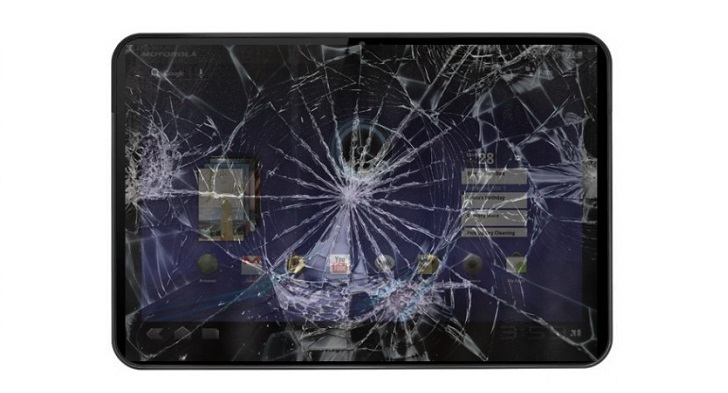I wrote a post about five years ago about the cell phone system in this country. In it, I claimed that cell communication in the US is “intentionally broken.” And, it was. In the interest of encouraging competition, every carrier had been allowed to go their own way. But things have gotten better in some ways. Worse in others, but overall things are a lot less broken than they were.
Why they were broken
In case the older article’s a bit too much of a long read, here’s what you need to know. In the 2000s, there were three different digital cell phone systems. In practically every other country, only one was allowed. In the US, though, things were different. AT&T adopted the GSM system favored in Europe. Verizon picked the CDMA technology more favored in Asia, while Sprint stuck with TDMA, an earlier system with few advantages. But, that changed — slowly — in the mid-2010s.
LTE to the rescue
Starting in the mid-2010s, you probably started seeing the letters LTE on the top of your phone. LTE was the new, hot product at the time. It promised the fastest speeds ever and voice quality that was better than ever before. People were hungry for it, and it soon became the standard.
That’s a good thing, too. You see, LTE was based on GSM technology. In fact, the acronym “LTE” actually stands for the long term evolution of GSM. GSM was coming to the end of the road and a bunch of engineers figured out how to get more life out of it. By doing so, they created the dominant cell phone tech of the decade, all over the world.
When carriers like Sprint and Verizon adopted LTE, they were adopting the same technology as AT&T. This made everything a bit more compatible. It meant it was possible to have a phone that worked, at least marginally, on every major carrier. Still, things weren’t perfect. If you had a Verizon phone and brought it to Sprint, you’d get LTE for voice coverage and data, but if you went out of the LTE service range, the phone wouldn’t work on Sprint’s 3G network.
Things got even better in the 2020s
(A phrase with surprisingly few applications, sadly, but the decade’s still young.)
As carrier raced to shut down their 3G networks, LTE and 5G became the only game in town. That meant for the first time you could truly get a universal phone in this country. For the first time, things weren’t really broken. It’s nice to have something nice to say about the 2020s!
There was, and is, still the matter of frequency ranges. AT&T still relies on frequencies in the 1800-2100MHz range for LTE for example. Every carrier has slightly different frequencies for both LTE and 5G. But, today’s cell phones deftly jump from frequency to frequency without much concern. It would still be better if there were fewer frequencies to choose from. This could mean less expensive components. It might even mean thinner and lighter phones. But it’s not likely to happen.
Looking forward to the future
LTE was the new hotness in 2013. But, as with all things, LTE will someday fade. With it, the last incompatibilities will drop out. 5G will exist in three primary ranges from 600-850MHz, 3450-3550MHz, and 39GHz. That still means you’ll need some pretty flexible radios, but it’s going to be easier to consolidate.
Of course, we haven’t really seen what 6G has in store and I’m sure at some point we will. For today, we haven’t truly experienced everything 5G has to offer. Time marches on, though. There’s always something new coming down the bend.
The best in cellular accessories
Solid Signal has the best in cellular accessories. Shop at Solid Signal now for everything you’ll need. We have cords, adapters, and more. We even have cellular booster systems. Cell phone signal boosters help you get great reception indoors. That’s critical. At Solid Signal, we know how important in is to stay connected. That’s why we want to connect with you. If you have questions about cell service, phones, accessories, boosters, or more, call us! We’re here during East Coast business hours. The number is 888-233-7563. When you call you’ll get an expert in our Novi, Michigan tech center. They’ll give you all the help you need. Reading this after hours? Fill out the form below and we’ll get back to you, usually within one business day.

